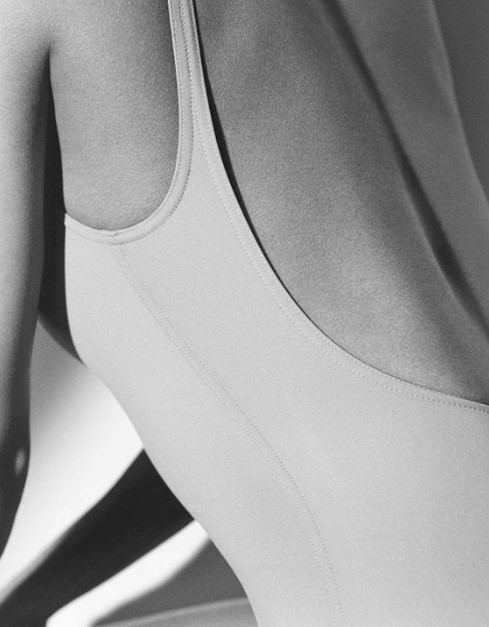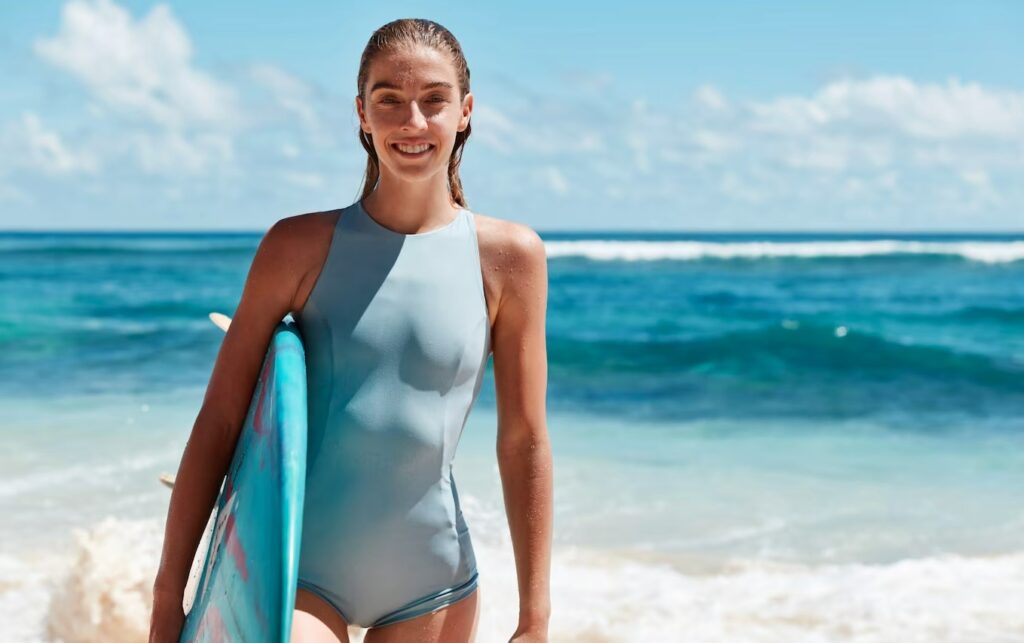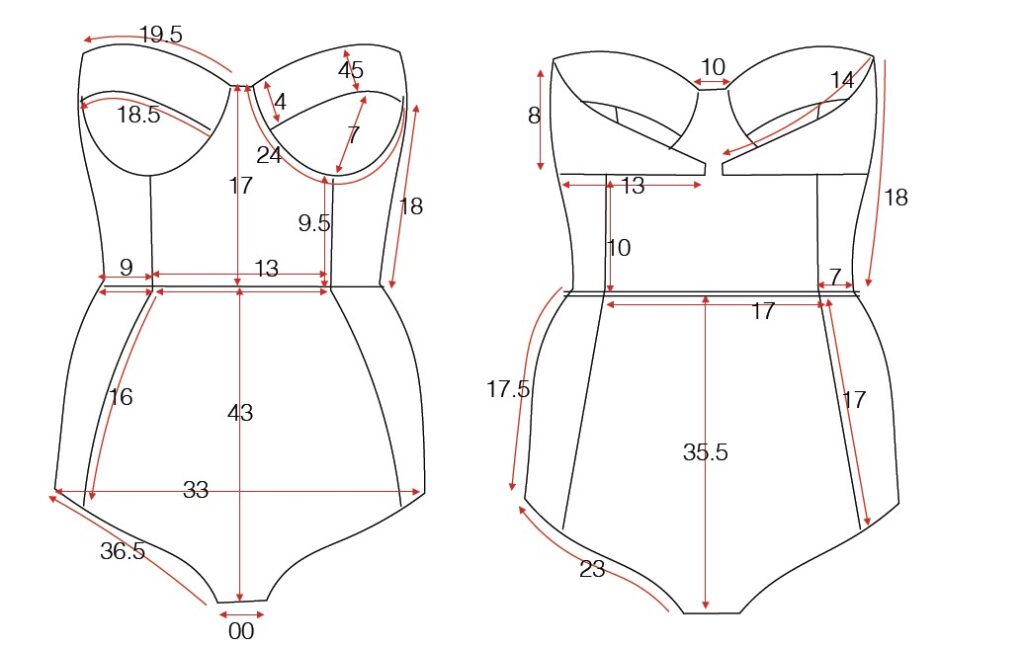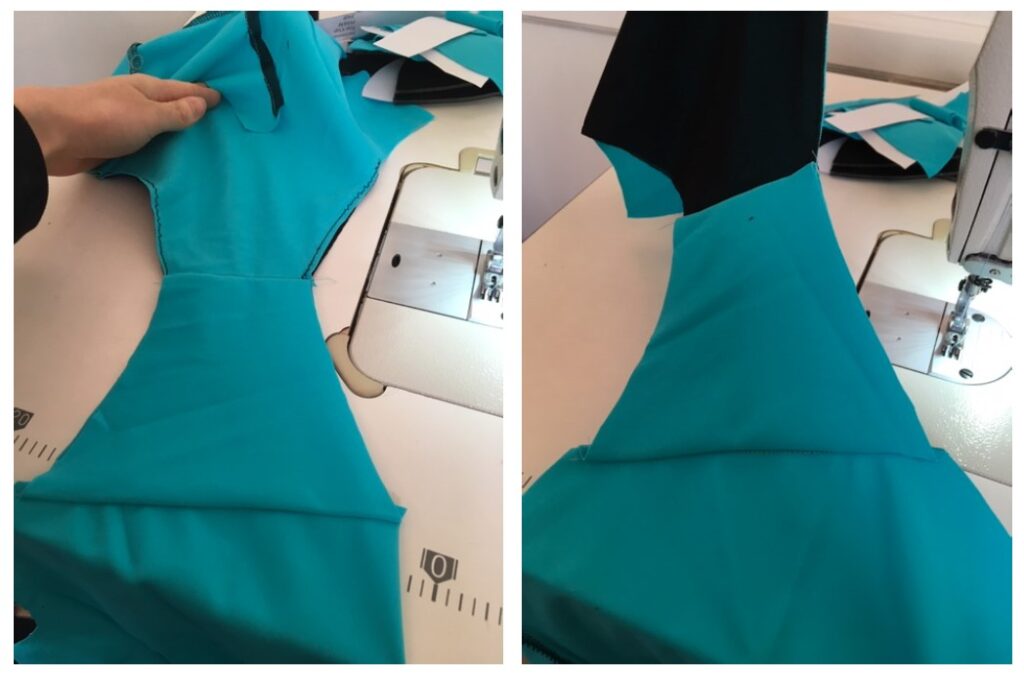
STRETCH. SOAR. SWIM.
Swimwear Elastics: Essential Considerations for Intimate Apparel Entrepreneurs
When it comes to creating swimwear that stands out in the competitive world of intimate apparel, paying attention to even the smallest details can make a significant difference. One such crucial element is swimwear elastics. In this comprehensive guide, we will explore the different types of swimwear elastics, their characteristics, and the best practices for incorporating them into your designs.

TYPES OF SWIMWEAR ELASTICS
Swimwear elastics primarily come in two main types: flat rubber tape and covered woven elastic. Covered woven elastic, known for its commercial popularity, features rubber tubes encased in polyester or cotton thread. This type offers a flexible fit suitable for a wide range of body types. On the other hand, flat rubber elastics are also available, boasting a flatter profile and a more even rate of growth in recovery tension compared to covered elastics.
CONSIDERATIONS FOR ELASTIC SELECTION
Selecting the right swimwear elastic is crucial to ensure optimal fit and performance. The thickness and width of the elastic play a significant role in determining its recovery tension, or the force required to extend it. It’s important to strike a balance. And avoid excessive width that may hinder the elastic from following the curves of the swimwear garment seamlessly. Thicker and wider elastics find their place under the bust providing added support. While bound elastics wrapped in self-fabric can be narrower due to the recovery tension gained from the wrapping process.

TENSION APPLICATION AND NEGATIVE EASE
Unlike lingerie and dancewear, swimwear garments require elastic application with minimal tension to achieve a desirable, flat appearance. Negative ease, the deliberate fitting of a garment smaller than the body measurements, contributes to the cling and contour of the swimwear. The amount of tension to be applied to the elastic depends on the optimal comfortable stretch percentage minus the negative ease percentage. This delicate balance ensures a secure grip and freedom of movement while preserving modesty.
APPLICATION TECHNIQUES
Commercially, swimwear elastics can be applied in two main ways. The first method involves over-locking the elastic to the wrong side of the fabric, folding it over against the width of the elastic, and top-stitching it down. This technique conceals the elastic within the fold, creating a neat and polished appearance. For the top-stitching, a single zig-zag or a 2N.-coverstitch is recommended.
The second method utilizes elastic within a binding. Strips of the self-fabric and the elastic are fed through a binding attachment, which applies the fabric and elastic to the garment in one operation. This technique is also suitable for creating self-fabric straps with elastic inside.

BEST PRACTICES AND ADDITIONAL TIPS
To enhance the longevity and performance of swimwear elastics, it is crucial to use 100% polyester or Kevlar thread. These materials provide chemical resistance and prevent thread rotting, ensuring durability. While bulked threads may seem appealing, they can weaken under the heat generated by industrial machines. So, it’s advisable to prioritize thread quality over bulkiness.
By mastering the art of swimwear elastics, start-ups and entrepreneurs in the intimate apparel industry can unlock a world of possibilities for creating exceptional swimwear designs. Remember to select the right type of elastic based on the desired fit and performance, apply tension strategically to accommodate negative ease, and utilize appropriate application techniques to achieve a professional finish.
Looking to know about swimwear fabric properties? Check out our blog post on swimwear fabric properties by clicking here.
